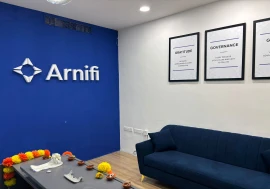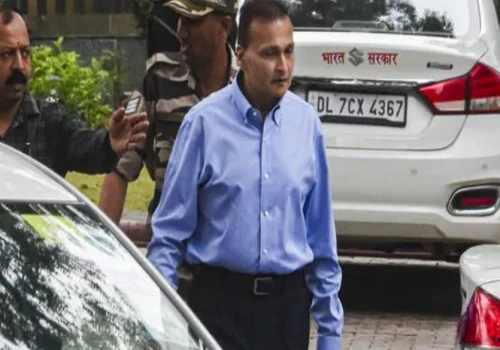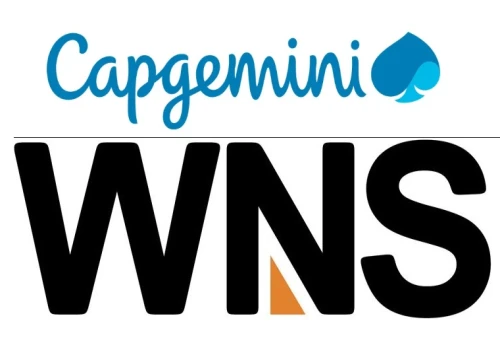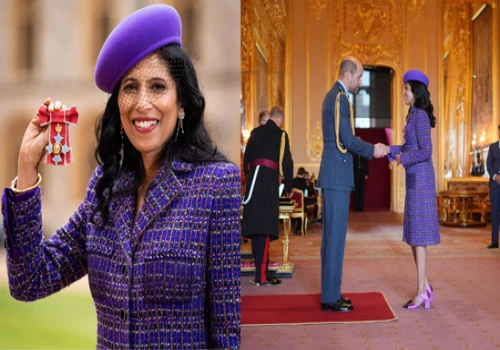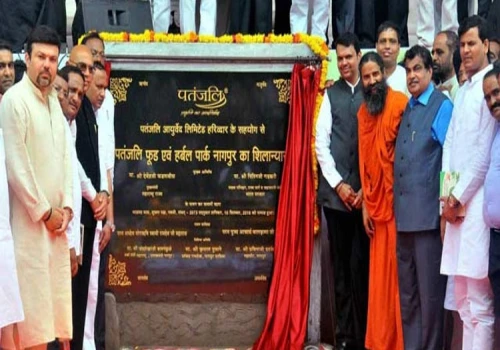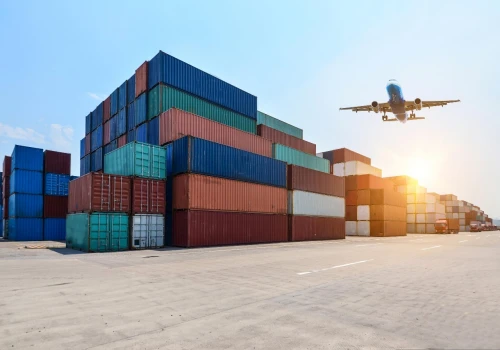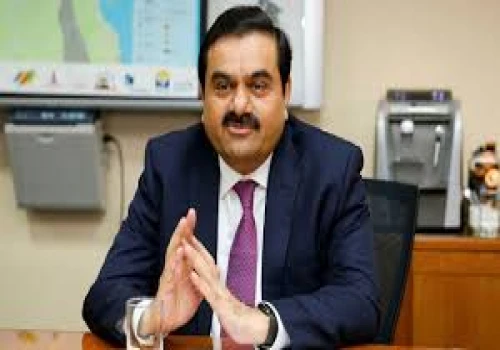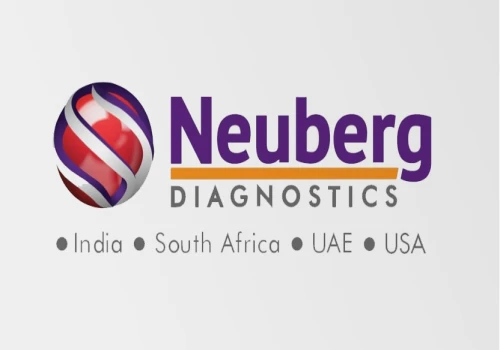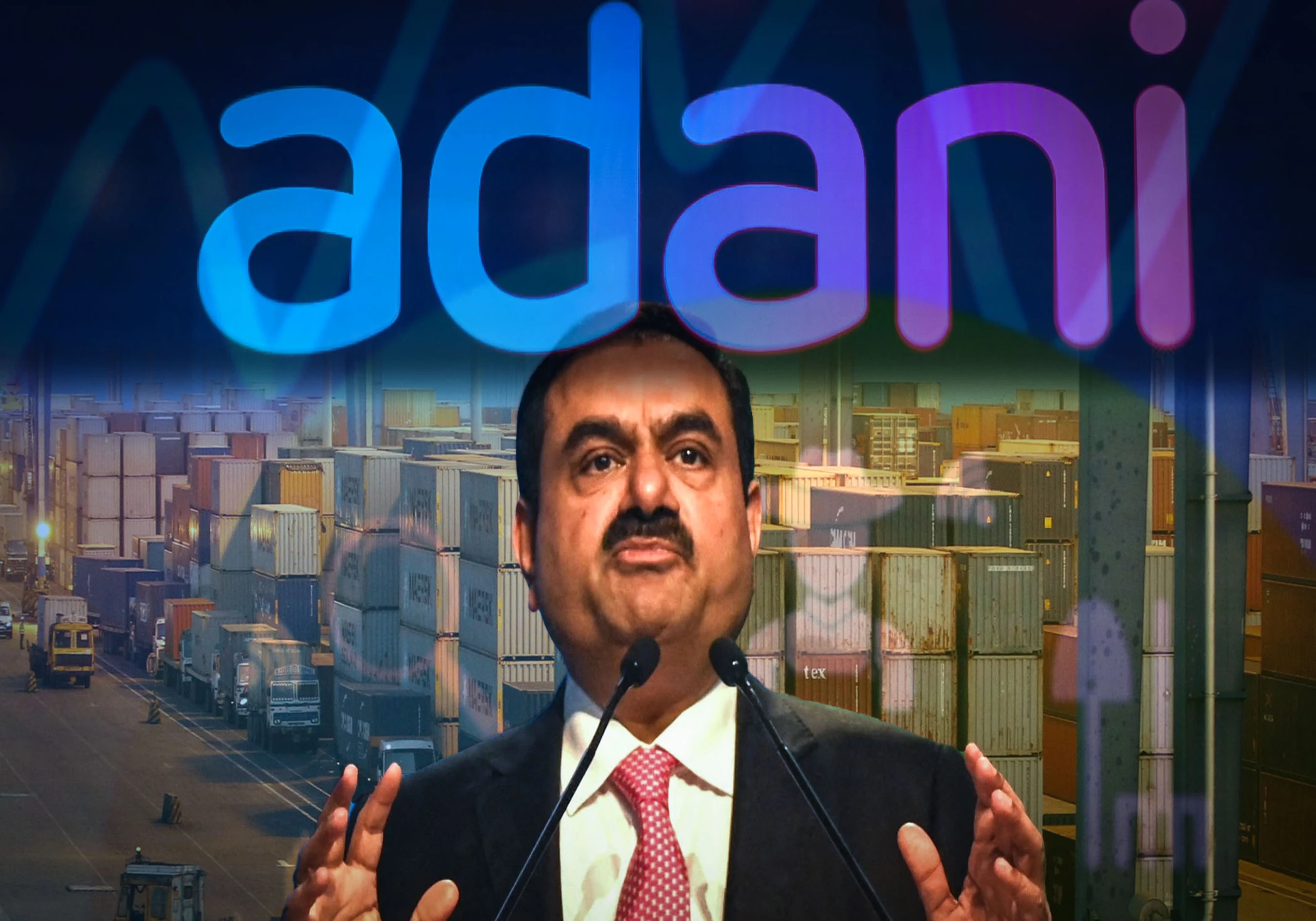
The Adani Group, led by billionaire Gautam Adani, has been on a tear lately, announcing a series of strategic investments and expansions across various sectors. This flurry of activity suggests that the conglomerate is moving on from the Hindenburg allegations and is back in full growth mode.
In a week-long blitz, the Adani Group unveiled plans that spanned its core business of ports, a foray into a new industry (metals), a boost to its young cement venture, and a surprising collaboration with its perceived rival, Reliance Industries.
Acquisitions and Investments
- Adani Ports acquired a 95% stake in Gopalpur Port in Odisha, solidifying its position as the leading private port operator in India with 15 seaports under its control.
- Adani Enterprises, the group's flagship company, announced the launch of the world's largest single-location copper manufacturing plant at Mundra, Gujarat. This $1.2 billion investment positions India as a major player in copper production, a vital metal for clean energy technologies.
- The Adani family further increased its stake in Ambuja Cements, the country's second-largest cement producer, to 66.7%. This move strengthens Adani's presence in the infrastructure sector, poised to benefit from India's ongoing construction boom.
- Adani Green Energy, the group's renewable energy arm, commissioned a 775-megawatt solar power project in Khavda, Gujarat. This is a significant step towards Adani's ambitious goal of becoming the world's largest renewable energy producer by 2030.
A Collaboration Unexpected: Adani and Ambani Join Forces
Perhaps the most surprising development was the collaboration between Adani and Mukesh Ambani of Reliance Industries. These two Indian business titans, often seen as rivals, announced a first-time partnership. Reliance acquired a 26% stake in Adani Power's Madhya Pradesh power project and signed a pact to use its electricity for captive purposes.
This collaboration marks a potential shift in the dynamic between the two conglomerates. While their core businesses differ (Adani in infrastructure and Ambani in oil & gas, retail, and telecom), they both have significant clean energy ambitions. Adani aims to be the world's largest renewable energy producer, while Reliance is building factories for solar, batteries, and hydrogen technologies. This partnership could pave the way for further cooperation in the clean energy sector.
Rebounding from Hindenburg
These developments come 14 months after the Hindenburg Research report accused the Adani Group of stock manipulation and accounting fraud. The allegations triggered a stock market rout, wiping out billions of dollars in market value.
However, the Adani Group has seemingly weathered the storm. The company implemented a recovery strategy, including debt reduction, reduced founder share pledge, and attracting new investors. This strategy appears to be working, with share prices recovering from the Hindenburg lows.
The Adani Group's recent moves signal an aggressive push for growth and diversification. Whether it's entering new markets like metals, expanding its port network, or collaborating with a former rival, Adani is clearly aiming to solidify its position as a major player in the Indian economy. It will be interesting to see how these strategic decisions unfold and how the Adani Group navigates the ever-evolving business landscape.

